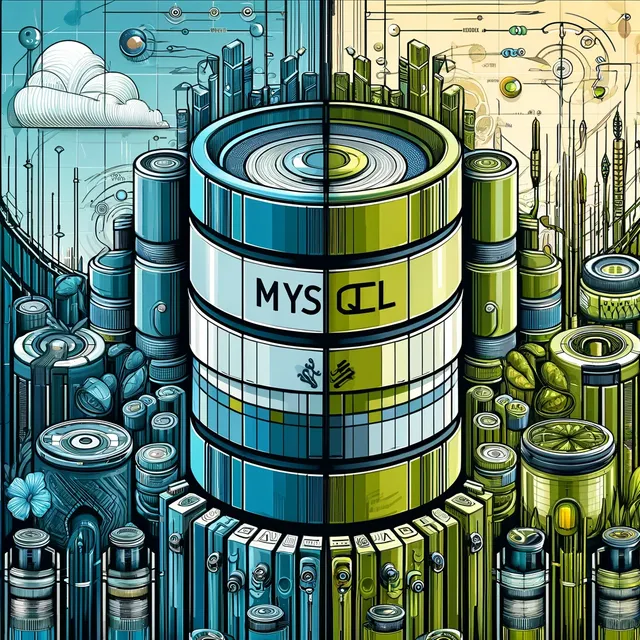Introduction

In the world of relational database management systems (RDBMS), MySQL and MariaDB stand out as two of the most popular and widely used systems. Since MariaDB is a fork of MySQL, they share many similarities, but they have also diverged significantly over the years. This article dives deep into comparing MySQL 8, the latest version of MySQL, with the latest releases of MariaDB.
Historical Background 📜
MySQL was originally developed by MySQL AB, which was acquired by Sun Microsystems in 2008. Sun Microsystems was subsequently acquired by Oracle Corporation in 2010. Concerns over Oracle's stewardship of MySQL, given its competing product Oracle Database, led to the creation of MariaDB by the original developers of MySQL. MariaDB was intended to remain free under the GNU GPL and to serve as a drop-in replacement for MySQL.
Performance and Scalability 📈
MySQL 8
MySQL 8 introduced significant improvements in performance and scalability:
- InnoDB Enhancements: MySQL 8 has made significant improvements to its InnoDB storage engine to enhance read-write workloads, DDL operations, and information schema performance.
- Resource Groups: This feature allows for better CPU resource management by enabling the assignment of certain threads to specific CPUs.
MariaDB
MariaDB also focuses heavily on performance and scalability:
- Aria Storage Engine: Aria is the default storage engine in MariaDB for temporary tables, aiming to improve performance for complex queries.
- Parallel Replication: MariaDB uses a parallel replication model that applies events to the slave in parallel, significantly speeding up replication in multi-core systems.
Features and Flexibility 🧰
MySQL 8
MySQL 8 offers several advanced features:
- Window Functions and CTEs: MySQL 8 supports common table expressions and window functions, which are crucial for complex data analysis queries.
- JSON Support: Enhanced JSON functionalities make MySQL more flexible in handling JSON data, supporting a broader range of JSON operations.
MariaDB
MariaDB provides unique features that are not found in MySQL:
- Galera Cluster: Built-in support for Galera Cluster provides synchronous multi-master replication.
- System-versioned Tables: This feature allows query data as it stood at any point in the past, which is very useful for temporal data queries.
Security 🔒
Both MySQL and MariaDB have strong security features, but there are some differences:
MySQL 8
- Role-based Access Control: Roles in MySQL 8 make user management and permissions more straightforward and more secure.
- Data-at-rest Encryption: MySQL supports data encryption for InnoDB, NDB, and Aria log files and tables, ensuring data security.
MariaDB
- Database Encryption: MariaDB supports data encryption for Aria and InnoDB, with Galera cluster encryption available for writing set replication traffic.
Community and Licensing 🌐
MySQL 8
MySQL is developed, distributed, and supported by Oracle Corporation under a dual-license model:
- GPL (for the Community Edition)
- Commercial licenses (for the Enterprise Edition)
MariaDB
MariaDB, on the other hand, emphasizes its community-driven approach:
- Fully Open Source: All features of MariaDB are released under the GPL, LGPL, or BSD.
Conclusion 🏁
Both MySQL 8 and MariaDB offer robust features, performance, and scalability that make them suitable for a wide range of applications. The choice between MySQL and MariaDB often comes down to specific features, licensing considerations, or philosophical alignment with open-source principles.
In conclusion, while MySQL continues to be a powerhouse with substantial backing by Oracle, MariaDB provides a compelling alternative that promises greater openness and innovation, arguably more aligned with the original spirit of MySQL.
Congratulations, your post has been upvoted by @upex with a 60.64% upvote. We invite you to continue producing quality content and join our Discord community here. Keep up the good work! #upex
Downvoting a post can decrease pending rewards and make it less visible. Common reasons:
Submit